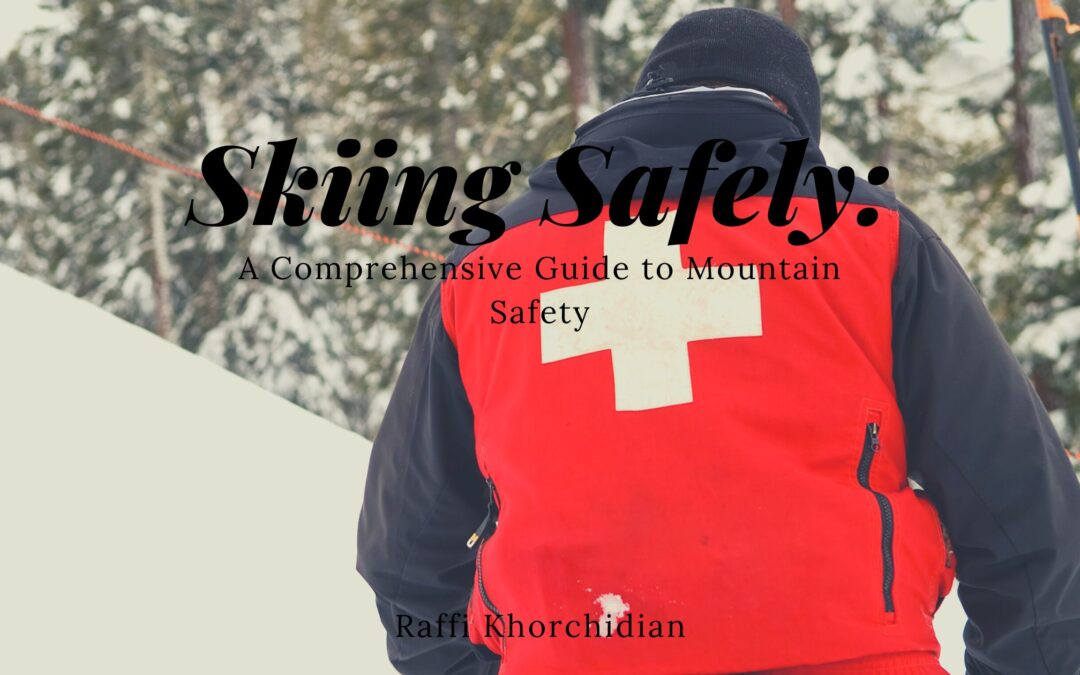With its exhilarating descents and breathtaking mountain vistas, Skiing is a beloved winter sport that attracts enthusiasts worldwide. While it offers joy and excitement, skiing poses certain risks, especially when navigating the mountain terrain. To fully enjoy your skiing experience and stay safe on the slopes, it’s crucial to know mountain safety practices. This comprehensive guide will provide essential tips and information on skiing safely.
Know Your Abilities:
Before hitting the slopes, being honest with yourself about your skiing abilities is crucial. Choose runs that match your skill level and progress gradually to more challenging terrain as you become more confident.
Avalanche Safety:
If skiing in backcountry areas, understand avalanche safety. Familiarize yourself with avalanche forecasts, carry the appropriate gear, and consider taking avalanche safety courses.
Terrain Awareness:
Be aware of your surroundings. Know the mountain’s layout, the location of trail markers, and the ski area’s boundaries. Ski within the marked boundaries to avoid potential hazards.
Weather and Terrain Conditions:
Stay informed about the weather and snow conditions. Be cautious on icy or uneven terrain, and pay attention to signs and closures due to adverse conditions.
Uphill and Downhill Etiquette:
Uphill skiers and snowboarders should stay on the edge of the trail. Downhill skiers have the right of way. Announce your presence when overtaking slower skiers, and be courteous on the slopes.
Skiing Off-Piste:
If you venture off-piste or into backcountry terrain, be prepared. Notify someone about your plans, carry a beacon, shovel, and probe, and consider skiing with a knowledgeable partner.
Avalanche Education:
Consider taking an avalanche safety course if you plan to ski in off-piste or backcountry areas. Knowing how to recognize avalanche-prone terrain and what to do in case of an avalanche.
Know the Signs:
Familiarize yourself with the trail signs and markers. Different symbols indicate the difficulty of a slope, warn of potential hazards, or give directions.
Familiarize Yourself with Ski Lifts:
Ski lift operations vary, so understand how to safely get on and off chairlifts and gondolas. Follow instructions from lift operators and be cautious when approaching and leaving the lift.
Respect Closed Areas:
Ski resort operators close areas for safety reasons, often due to avalanche risks or unprepared terrain. Do not enter closed areas, as they can be extremely hazardous.
Emergency Contacts:
Know the emergency contact numbers for the ski resort and the nearest medical facilities. Carry a fully charged mobile phone with you.
First Aid Skills:
Having some basic first aid skills is beneficial in case of minor injuries. Carry a small first aid kit in your backpack.
Skiing safely is essential for enjoying your time on the slopes without unnecessary risks. Mountain safety is not just a matter of personal responsibility but also a way to respect and preserve the pristine beauty of the ski resort environment.

